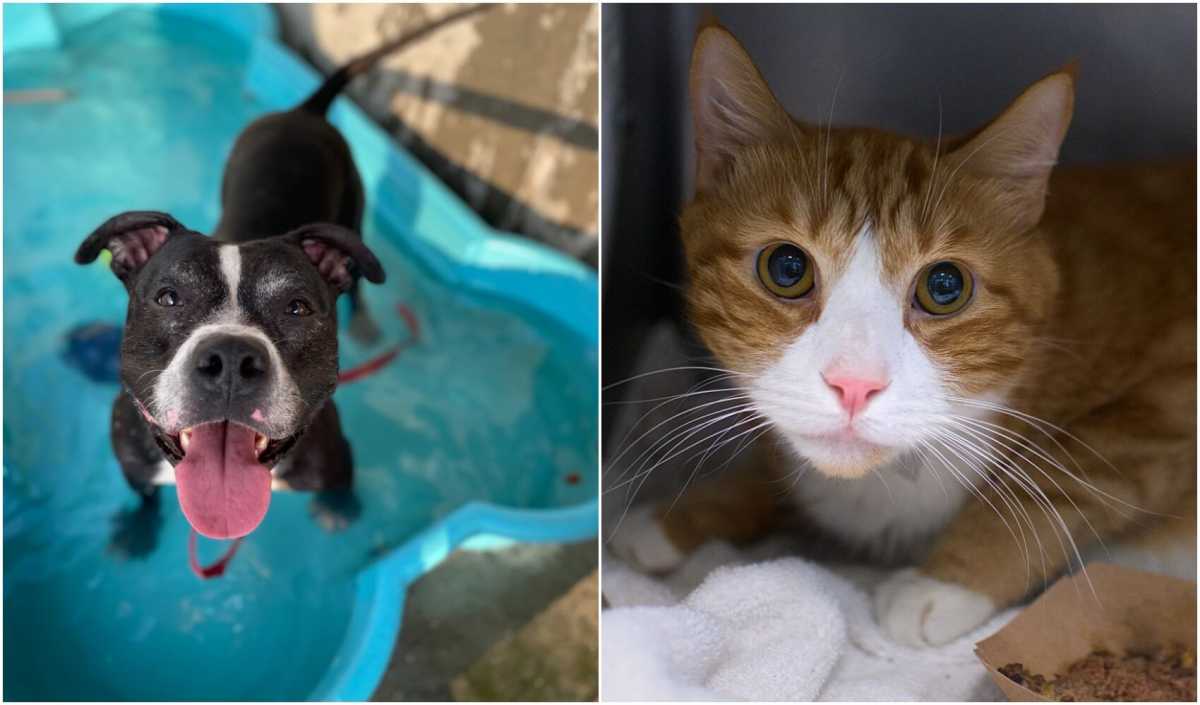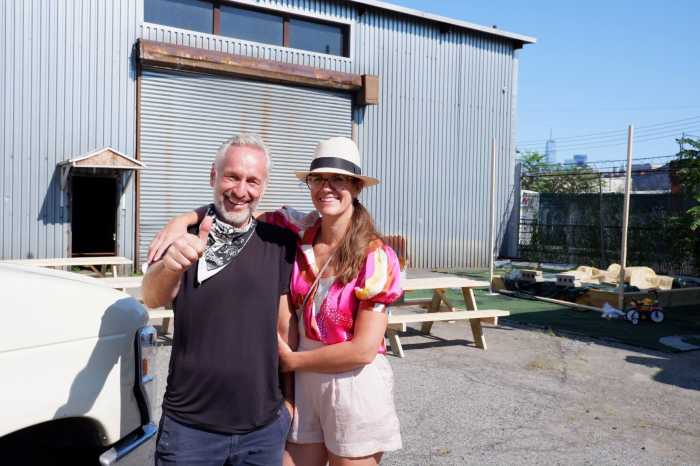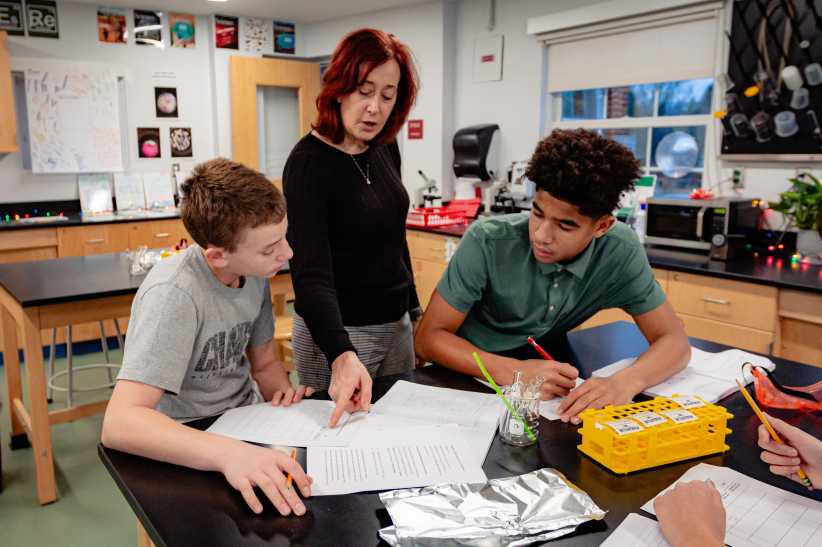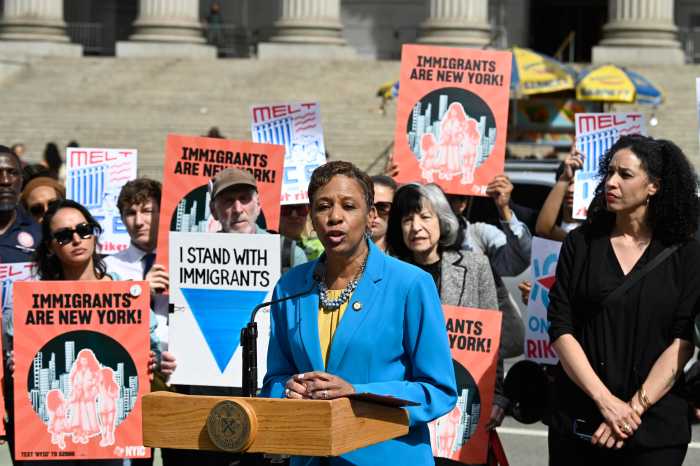Four-legged furry friends found companions en masse during the COVID-19 outbreak, as Brooklynites flocked to shelters to find a pandemic pet — leading to one-in-five American households adopting a cat or dog between March 2020 and May 2021.
Now, however, with many people returning to offices, shelters are once-more having trouble finding homes for their animals.
A rush to adopt
In November 2020, Jahnay Roberts brought home a black-and-white pitbull mix named Apollo from the Brooklyn branch of Animal Care Centers NYC.
She’d wanted a canine of her own since the loss of her family dog while she was in college, but the time was never right — taking care of a dog is expensive, especially while paying Brooklyn rent, and many apartments don’t even allow dogs, especially if they’re on the bigger side.
Finding Apollo was the “perfect storm,” Roberts said. She’d found a new, higher-paying job after being furloughed, and her apartment building, which had previously only allowed dogs on certain floors, tossed the rule.
“I follow Brooklyn ACC on Instagram, I used to volunteer at the Manhattan ACC a couple years ago,” she said. “So when I saw Apollo on Instagram, I was like, ‘Oh, he’s cute, he’s perfect.’ I saw him and immediately signed up for foster to adopt, which was a total lie, I never intended to truly foster him.”
It turned out Roberts was fourth in line to adopt Apollo, so chances seemed slim — but, somehow, the stars aligned and he’d arrived in her Bedford-Stuyvasent apartment by the following week, and was officially hers by the end of the month.
“I had people around, like a very small group of friends, so I wasn’t necessarily alone,” Roberts said. “But I think that having him now definitely brings so much joy to my life.”
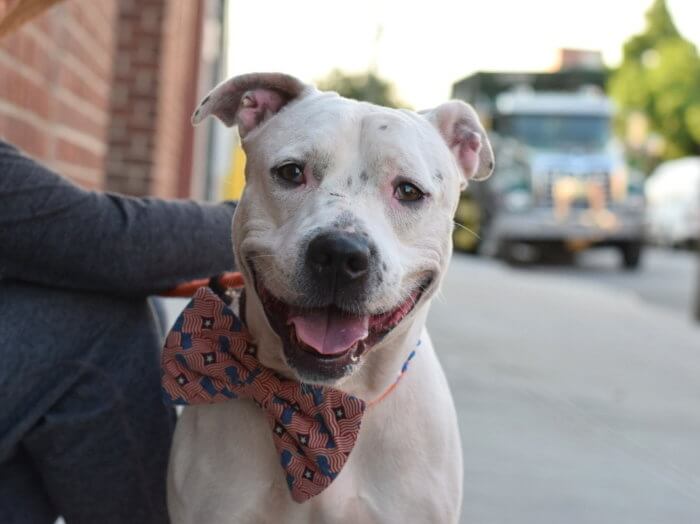
Back to reality
Despite that joy, shelters, including the Brooklyn ACC, are filling up again.
“It’s like the opposite of what we were experiencing last summer, where we had no available animals,” said Katy Hansen, executive director of marketing at Animal Care Centers NYC. “Now we have a ton of available animals and we have no adopters. It’s really sad, it’s this way across the country right now.”
Last August, Hansen said, the ACC had about 680 animals in residence across four locations. Now, they have nearly 1,000.
“The other problem is even though our intake is down, the animals are staying in the shelter longer,” she told Brooklyn Paper. “So we might be getting less and less in, but they’re joining more and more as they’re staying longer.”
The ideal population is low enough that the ACC can keep their doors open to transfers from other shelters, Hansen said, which gives animals a “double run” — more adoptable time. But, when they start to get too packed, they close for transfers.
“The next point is to put cages in the hallway,” she said. “The point after that — I hope we don’t get to that point. We haven’t had to get to the point where we’re euthanizing for space, and we have a really big foster program, and it’s growing. They’re really saving lives.”
Helping out
Fostering an animal even for a few weeks helps, as it gives the animal space to decompress from shelter life and staff the opportunity to see how a dog will behave in a home, Hansen said. The organization provides foster families with food, crates, and supplies.
Manisha Shah started volunteering at the Brooklyn ACC about two years ago, after she’d fostered a few dogs, and adopted her own, Wolfie.
She and two other volunteers took matters into their own hands to promote adoptions through the shelter’s Instagram account, @boroughbredinbrooklyn.
“The goal of that is really, the city shelter is stretched pretty thin,” she said. “Part of our role as volunteers is we photograph, take video of, and write bios for pretty much every dog that is in shelter and adoptable. We wanted a place to showcase all those dogs, and we ended up getting a lot of followers and a lot of adoptions from it.”
Though adoptions have definitely slowed, Hansen said the rumor that pandemic pets were being returned in high numbers is false, at least at ACC.
Pre-pandemic, their average return rate was about 11 percent, she said. In 2020, it fell to about four percent, and it’s stayed more or less the same since.
“The animals that are getting returned are the ones that are from families who are really struggling,” she said. “I do like to tell everyone that we have a lot of resources at our disposal to help people keep their pets.”
If owners are struggling to afford food, she said, or need help with a behavioral issue, ACC can donate or connect them with trainers. In the first three months of 2021, they donated nearly 90,000 pounds of pet food and funded 12 training sessions, according to their first-quarter report.
As for people who might be worried about leaving their pets alone again, or holding back on adoption while they’re working in-person, Shah said the pups often adjust well to their new homes, and typically spend their alone times sleeping until their human companions come home.
“A lot of people get worried that, oh, I’m going to go to work so I can’t have a dog,” Shah said. “But most dogs are just going to sleep for the most of the day, and as long as you’re spending time with them before and after and doing things with them, enriching things, I think that dogs are actually pretty fine in that type of environment.”
Learn more about adopting a foster pet from the Brooklyn ACC here.


